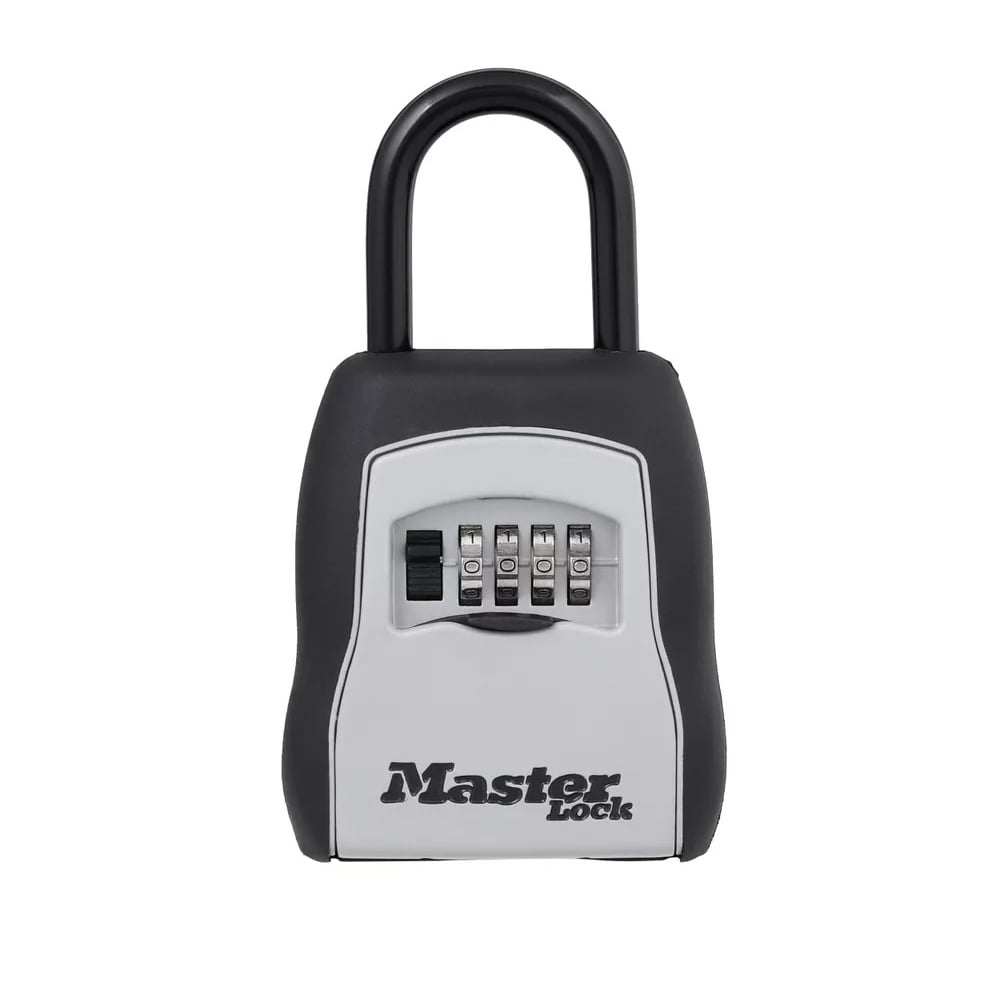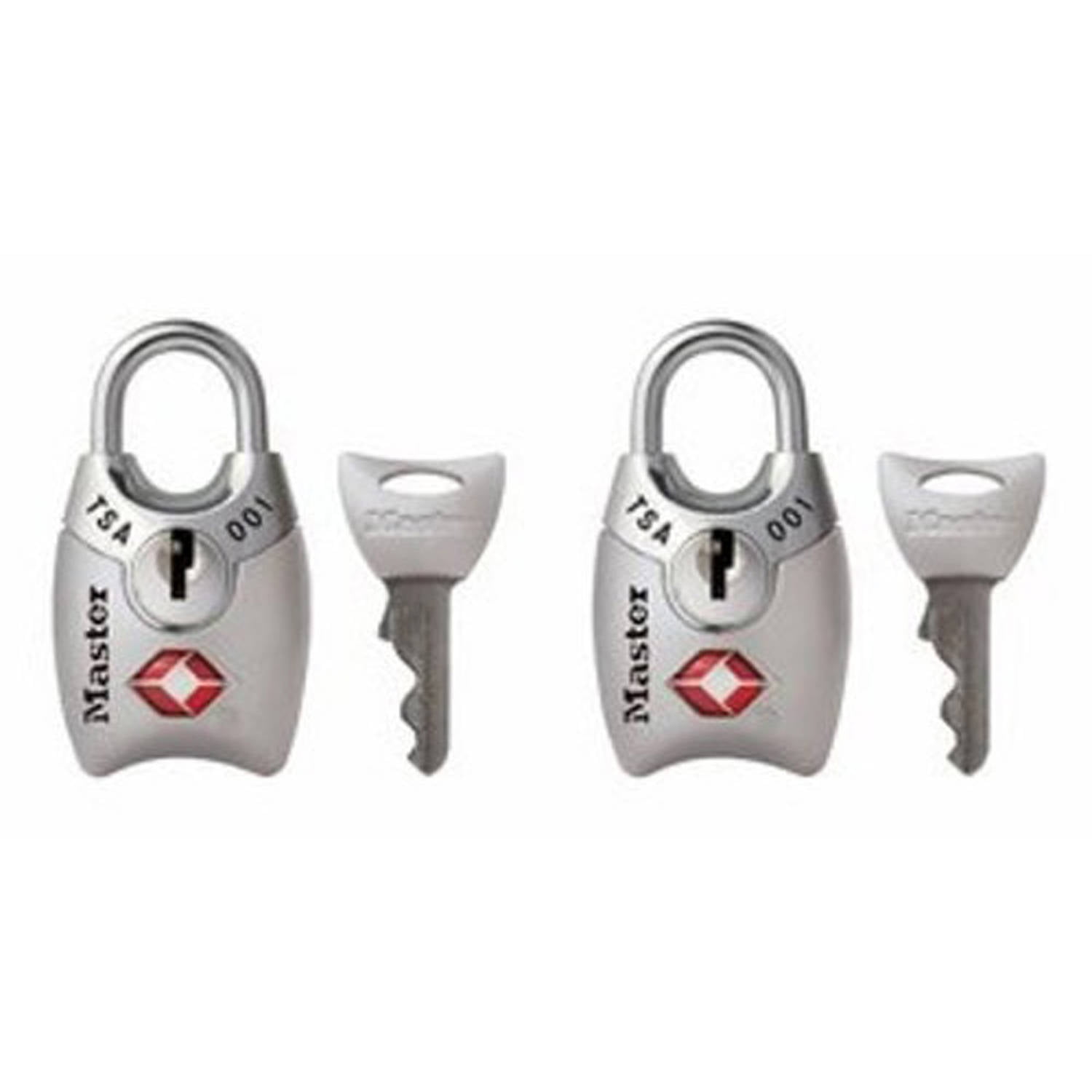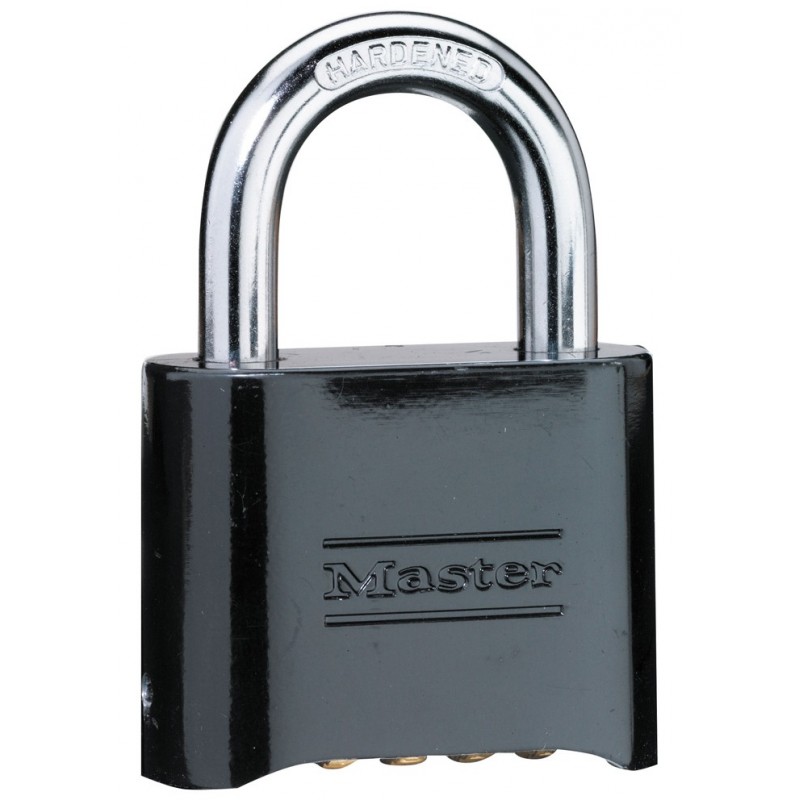


Thus, master key systems can be organized along departmental, or other functional groups, to allow supervisory or emergency access. The top level key, referred to on the accompanying chart as the Great Grand Master, is able to open all doors of this sample security system, although each lock also has its own unique key. If this elementary school is part of a district with a single master key system for several different school buildings, there may be a Great Grand Master key, which in this example could be designated (and cut) to open the exterior doors to the school as well as all the classroom and closet doors. In other words, a single key can open several locks if the locks are keyed alike (KA). However, that classroom key could also open a closet within the classroom.

Classroom doors would each also be opened by a key which would only open that one classroom door. For example, an elementary school may have a master key which will open all classroom doors. Cut, stamped keys are inserted into the mortise cylinders they operate, ready to be installed at a customer’s facility.Ī master keyis a key that opens several different locks, related in some way, within a master key system. If you look closely, you will see numbers stamped on each key. Also, a named key (for example, AA1) can operate different types of locks (for example, door locks, cabinet locks, padlocks, etc.) as long as the cylinder inside them is of the same model. In a master key system, designated keys can open a number of pre-defined doors. I finally got rid of the huge ring with all those old keys!” The process was easy, organized, and 100% professional. Have you ever seen a maintenance worker with a heavy key ring hanging from a belt? A well-designed master key system reduces the number of keys required when one key opens many doors.Īndy Crestodina, a Chicago apartment building owner, put that thought this way, “You guys did such a great job with the master key system.
#Lock set with master key install#
Why would anyone want to install a master key system in their facility? Many reasons, but foremost is increased security related to controlling and restricting access. Master Key Systems reduce the number of keys required in a building, providing convenience as well as security. Usually, many changes are made to the plan, without impacting the final cost, before the locks, cylinders and keys are ordered from the factory. Once this keying plan is approved, key codes are recorded, cylinders keyed, and keys cut. This schematic is used, much like the blueprint for a building, to communicate how the system will be used. Through the use of time-honored symbols and abbreviations, for example, MK for Master Key and GGM for a Great Grand Master key, a diagram resembling a genealogical family tree or a corporation’s organization chart, is produced to communicate which keys will operate which lock, or set of locks. Any system providing different “access levels” must be tailored to fit the security needs of the specific building (or groups of buildings) where it is installed. Like an architect’s drawing, it translates a vision to both allow and restrict access to property. In this sample MK schematic, all the blue boxes represent master keys, all the lavender boxes represent change keys.Ī master key system schematicis a blueprint for building security.


 0 kommentar(er)
0 kommentar(er)
